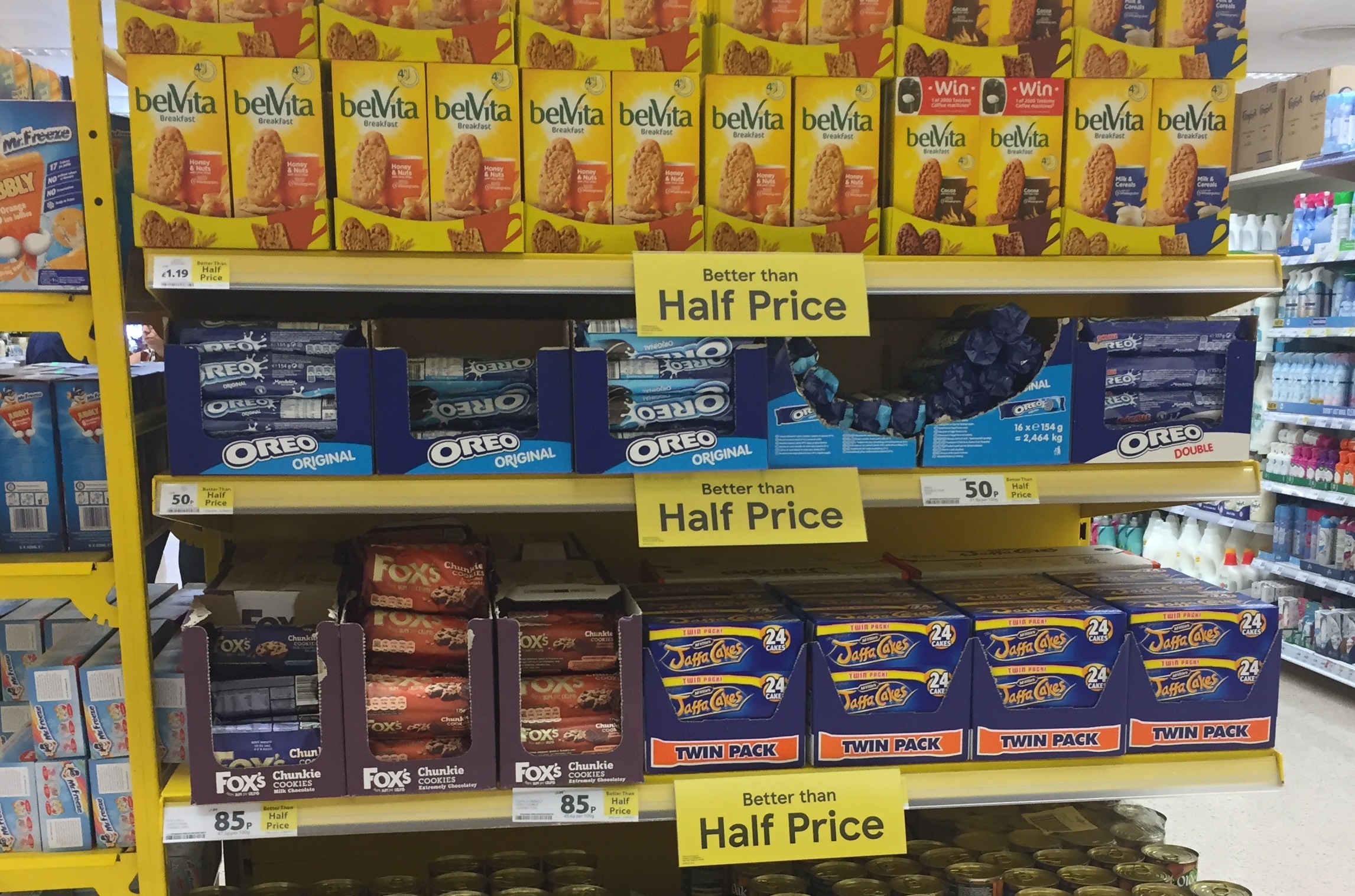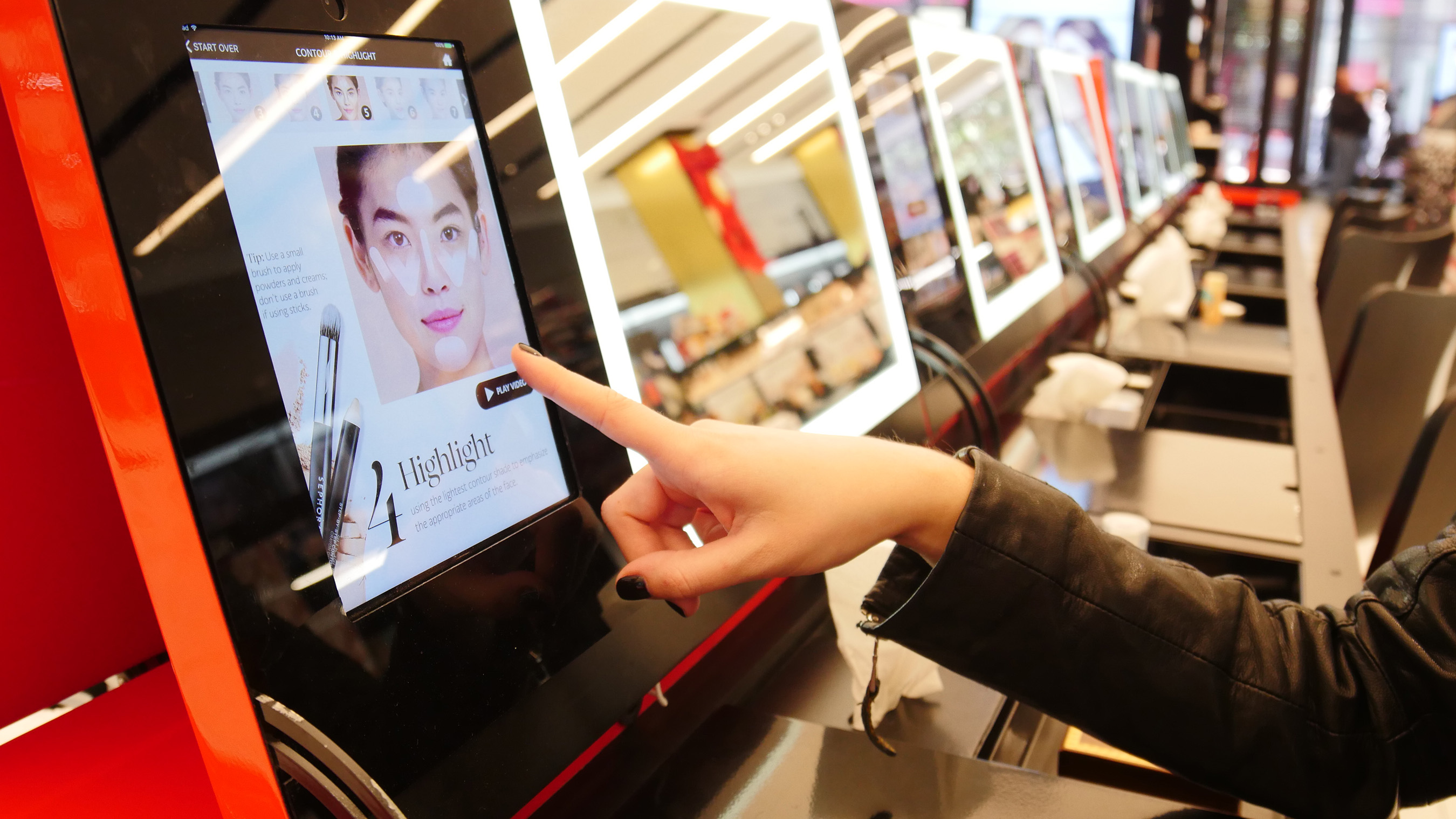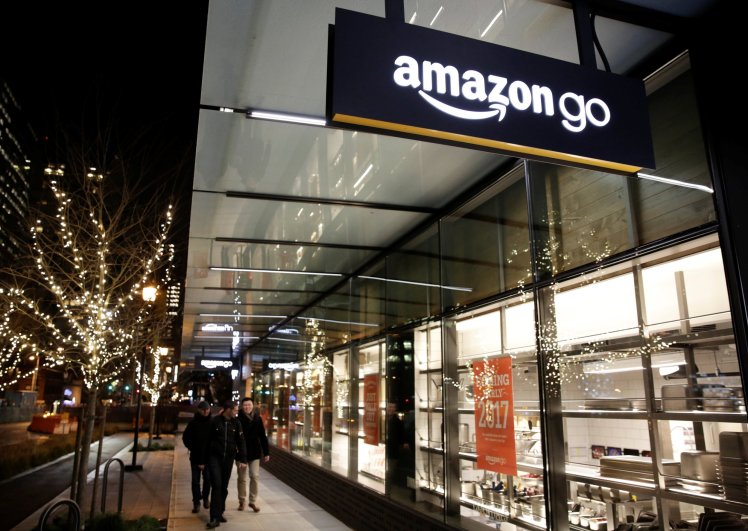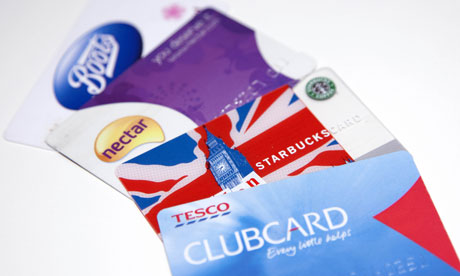 With both manufacturers and retailers struggling to adjust their paradigms to adapt to a new world of empowered shoppers and broader competition, there is an opportunity for both parties to reassess and redefine the largely destructive relationships they have with each other and to create new terms of engagement. Last week I discussed what brand manufacturers should look for from retail partnerships. But what of retailers? What should they be demanding of suppliers? What should be the new rules of engagement for retail collaboration?
With both manufacturers and retailers struggling to adjust their paradigms to adapt to a new world of empowered shoppers and broader competition, there is an opportunity for both parties to reassess and redefine the largely destructive relationships they have with each other and to create new terms of engagement. Last week I discussed what brand manufacturers should look for from retail partnerships. But what of retailers? What should they be demanding of suppliers? What should be the new rules of engagement for retail collaboration?
Understand that my business is different
Every business has different needs, different cultures, and different ways of doing things. In the rush to standardize business process there is a dangerous tendency to treat all customers equal, or at least each similar one as equal. In Asia I find suppliers still talking about ‘Modern Trade’; in the UK the large supermarket chains are grouped as ‘major multiples’. Yes, these chains may have similarities, but they also have fundamental difference too. As with any relationship, returns will come only if time is spent getting to know the other party. Retail collaboration is born out of real understanding. Little gestures which betray that understanding go a long way in any relationship.
Understand my shopper, not just the consumer
And the biggest difference between retailers is the shoppers they are targeting. Suppliers must stop talking only about consumers and reference shoppers too. And not just any shopper – the retailer’s target shoppers. If you are talking to Walmart, talk about how your activity will affect Walmart shoppers, or the shoppers Walmart is targeting. Like a Valentine’s gift of chocolates from a filling station, nothing makes a partner feel unloved like a generic presentation. Retail collaboration needs common ground, and much of that must lie around a mutual need to change shopper behavior.
Look at things from my perspective too
Retailers know that you care about your brand. They really do. They also know that whatever you propose is probably good for your brand, otherwise you probably wouldn’t be presenting it. But please, what does it do for the retailer? Retail collaboration, like any partnership, depends on being able to look at the world from the other party’s perspective. If you can bring benefits to the retailer (hopefully by meeting the needs of their shoppers), let them know. And if you can’t, then don’t present it at all!
Create genuine innovation
Many suppliers know all of this, though few really follow through on these on a consistent basis. But overall, the steps above are relatively straightforward if they are adopted as a way of working by the sales and marketing teams. But the next one is the real challenge – many suppliers won’t like it, but its true. If you want to be treated differently, as a genuinely valuable partner, then create something differentiated. Create value for shoppers that the retailer can’t get anywhere else and you will be treated differently. Too much of what is offered today isn’t really innovative, isn’t differentiated, and can easily be replicated. Why on earth should retailers give special treatment when so much of what they see is ordinary? And of course, when you come up with something new, differentiated and compelling, please make sure it’s relevant to the retailer’s shoppers (see point above).
Use the data I share with you for our mutual benefit
In many markets around the world, retailers charge exorbitant fees for access to their data. Loyalty card data, scan data – all is seen as a commodity to be sold rather than a valuable resource which can be exploited to create value. This should stop. Data should be shared freely with partners, but in return manufacturers must do something with it. Shopper marketing and sales teams must create valuable insight and share it with retailers. It must be baked in all of your plans to make your innovation and your marketing more relevant to shoppers and to the retailers shoppers in particular.
Be patient on the path to retail collaboration
The sea change that is beginning to take place in the consumer goods industry is huge. Many retailers are experiencing previously unseen pressures. While there are early signs that the will to change is there, like any recovering addict, there may be slips back. Retailers will make mistakes, and will break promises. As will manufacturers too of course. A little patience is required. As long as overall progress is towards a better world for both parties, forgiveness, patience, and perhaps the offer of a helping hand, may be the right strategies.
For decades brands and retailers have struggled to find genuinely mutually beneficial retail collaboration. There is an opportunity to create massive value for both parties as well as consumers and shoppers. Let’s hope both parties are prepared to make genuine changes to how they operate. Is it possible or is it a pipe dream, please let me know what you think in the comments section below.



